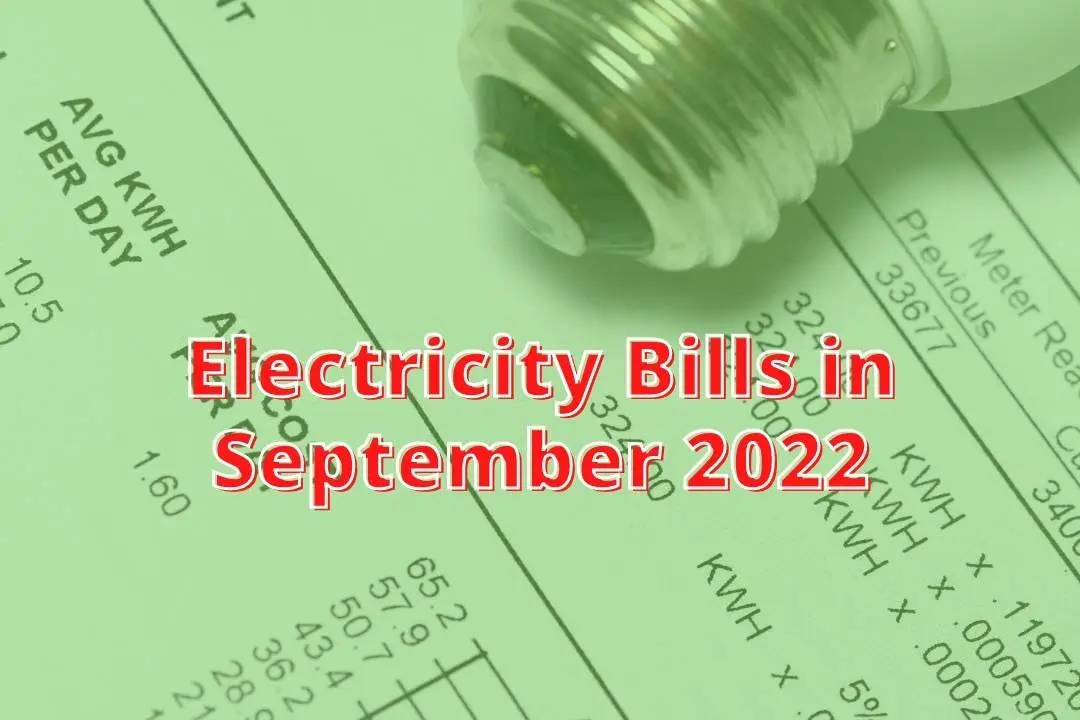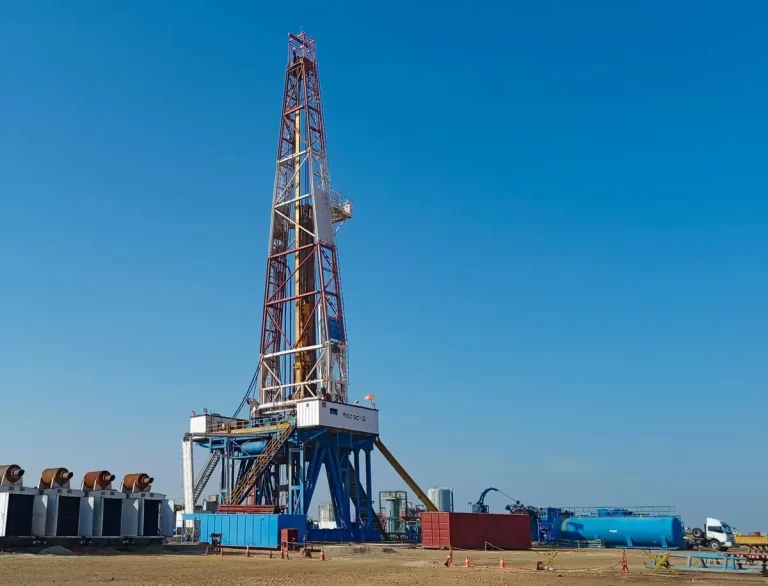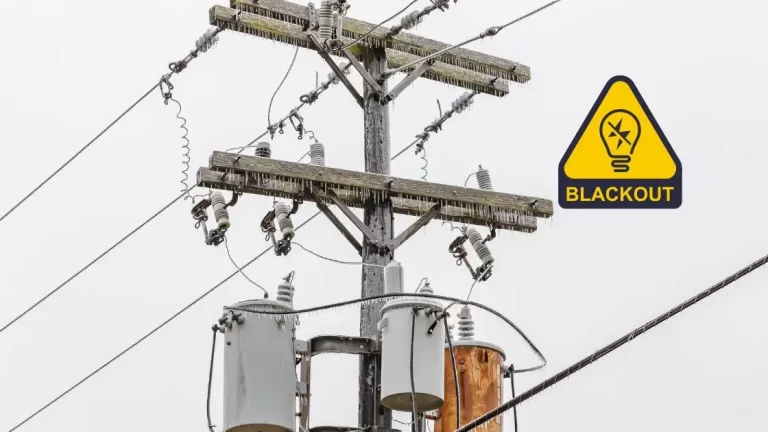The consumers to face Rs 3.34 extra in electricity bills in September 2022
The consumers are going to face another hike of Rs 4.34 per unit in electricity bills in September 2022 to bear a burden of Rs 59 billion.
National Electric Power Regulatory Authority (NEPRA) increased electricity rates by Rs 4.34 per unit, which will cost electricity customers Rs 59 billion in July 2022 due to fuel adjustment.
It will reflect in electricity bills in September 2022.
It enabled the ex-Wapda distribution companies (XWDiscos) to collect an additional Rs4.34 per unit from electricity consumers during the billing month of September 2022.
For the month of July 2022, NEPRA has decided to collect an additional Rs 4.3435 per unit under the monthly fuel cost adjustment (FCA) mechanism.
Changes in fuel prices are automatically passed on to consumers once a month under the tariff structure.
On August 31, 2022, Nepra convened a public hearing over petitions made by the Central Power Purchasing Agency (CPPA) on behalf of DISCOs requesting an FCA of Rs 4.69/unit.
An increase in electricity bills in September 2022
This judgment would apply to all customer categories with the exception of lifeline consumers of all DISCOs and charging stations for electric vehicles (EVCS).
On the basis of the units billed in the month of July, the aforementioned modification would appear separately on September billing. The judgment will have a 69 billion rupee impact on power consumers.
The total amount of electricity generated from all sources in July was 14,150.91 GWh at an average unit price of Rs10.7093.
The total energy cost was Rs151.546 billion High-speed diesel (HSD) based was at 205.97 GWh (1.46pc) at a cost of Rs27.8886/unit. Hydel generation was 4,976.93 GWh, constituting 35.15 percent.
Similarly, residual fuel oil (RFO) based power generation was 876.92 GWh (6.2pc) at a unit cost of Rs 35.6984.
The gas-based power plants generation was 1,466.41 GWh (14.603pc) at a unit cost of Rs9.9585, and Re-gasified liquefied natural gas (RLNG) based generation was 2,119.55 GWh (14.98pc) at a unit cost of Rs28.28.
Similarly, power generation from mixed sources was 16.92 GWh at a cost of Rs4.7567 per unit, while power generation from bagasse was 40.63 GWh at a cost of Rs5.9822 per unit.
In July, wind energy production was 518.50 GWh (3.66%) and solar energy production was 70.77 GWh (0.50%).
In addition, nuclear sources produced 2,009.54 GWh (14.2%) of energy at a cost of Rs1.0493/unit, and Pakistan imported 46.57GWh of electricity at a cost of Rs22.8380 per unit.
In addition, the decision states, “Despite the clear direction of the Authority to prepare the merit order on actually available fuel(s), the merit order is still being prepared on old consideration.”
With indigenous natural (pipeline quality) gas, this fuel has not been available to plants for the past two to three years.”
The existing merit order list, which includes fuel that is not accessible, serves only to mislead and confound stakeholders.”
It further stated that all departments responsible for preparing the Merit Order lists must move immediately to amend them based on the availability of fuels.
The Quaid-e-Azam Thermal Power Plant (QATPL), two power plants of National Power Parks Management Company Limited at Haveli Bahadur Shah (HBS), and Baloki, are the three most efficient RLNG power plants in the Pakistani power sector.
The efficiency of these power plants exceeds 61%. During the month of July 2022, the utilization rates of the three most efficient RLNG power plants were as follows: QATPL (about 26 percent), HBS (approximately 63 percent), and Baloki (around 57 percent).
It is reported that the total claim for part-load operation by these power plants amounts to Rs. 4,086,000,000,000.
In light of the high load demand in the system and the continuous electricity shortage in the country, the full utilization of these power plants would reduce load shedding and save Rs 4.06 billion in part load charges.
According to data provided by NPCC, the average amount of RLNG allocated to the power industry in July 2012 was 494 MMCFD, compared to a demand of 900 MMCFD, resulting in a financial effect of around Rs 6.938 billion.
It would have been prudent to optimize the RLNG supply chain in order to maximize the utilization of the most efficient RLNG power plants and minimize part-load adjustment fees. During the month of July 2022, plants were run in breach of EMO due to system limitations, resulting in a financial effect of 464,98 million.
Such limits in the transmission system are the result of the relevant entities’ inability to carry out their essential functions.
Despite the availability of cheaper dedicated gas, the utilization rate of Central Power Generation Company Limited (CPGCL) power plants, including the recently commissioned Guddu 747 machine, remained very low.
Due to the operation of more expensive power plants, the forced outages of units 15 (249 MW) and 16 (249 MW) of Guddu 747, Guddu old units 6, 12 & 13 (345 MW) and units 8 & 10 (180 MW) caused financial losses.








